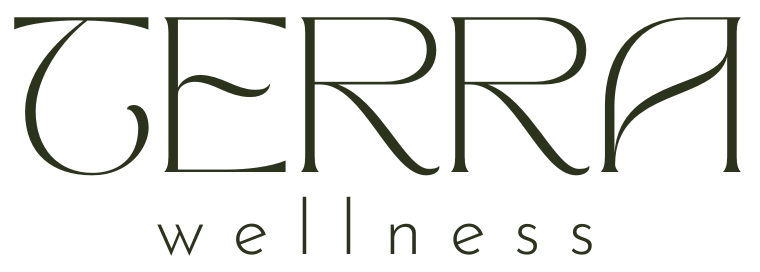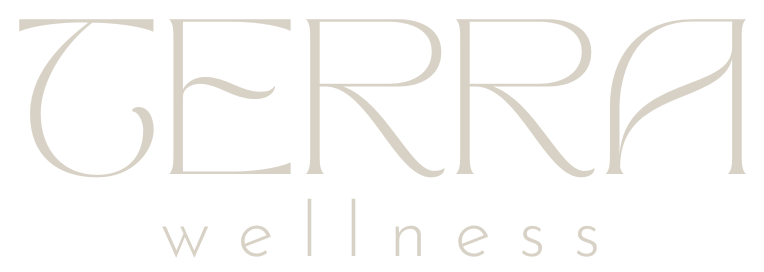Is it dangerous to massage your neck?
Neck pain is a common ailment, and many people turn to neck massage for relief. Whether it’s a professional massage, a session with a home neck massager, or even a quick self-massage, the promise of alleviating stiffness and discomfort is alluring. However, a question that often arises is: Is it dangerous to massage your neck? While generally considered safe and beneficial, there are certain risks and precautions to be aware of to ensure your neck massage experience is both effective and harmless.
Understanding the anatomy of the neck is crucial to appreciating the potential risks. The neck houses vital structures, including the carotid arteries, which supply blood to the brain, the jugular veins, the spinal cord, and numerous nerves. Improper or overly aggressive massage techniques can potentially impinge on these structures, leading to complications. For instance, excessive pressure on the carotid arteries could, in rare cases, lead to issues like carotid artery dissection, a tear in the artery wall, which can increase the risk of stroke. This is a particular concern for individuals with pre-existing vascular conditions or atherosclerosis (plaque buildup in arteries).
One of the primary concerns with neck massage, especially when performed by an untrained individual or with an improperly used neck massager, is the risk of muscle strain or injury. Applying too much force, using incorrect hand movements, or focusing too intensely on a specific area can lead to bruising, inflammation, or even tearing of muscle fibers. This is why it’s essential to listen to your body. Pain is a signal that something is wrong; a therapeutic massage should feel relieving, not agonizing. If you’re using a massage neck massager, start with the lowest intensity setting and gradually increase it as your muscles adapt. Always follow the manufacturer’s instructions for your specific neck massagers.
Nerve impingement or damage is another potential risk, though less common. The neck contains a complex network of nerves, including the brachial plexus, which controls the arm and hand. Aggressive massage techniques, particularly those involving deep, sustained pressure or forceful stretching, could irritate or compress these nerves, leading to symptoms like tingling, numbness, or weakness in the arm or hand. Individuals with conditions like cervical radiculopathy (pinched nerve in the neck) should be especially cautious and consult with a healthcare professional before undergoing neck massage.
For individuals with certain underlying health conditions, neck massage may be contraindicated or require specific modifications. These conditions include, but are not limited to, recent neck injury or surgery, herniated discs, spinal instability, severe osteoporosis, rheumatoid arthritis affecting the neck, infections in the neck area, and certain types of cancer. It’s always advisable to consult with a doctor or physical therapist if you have any pre-existing health concerns before starting any new massage regimen, including the use of a neck massager.
Despite these potential risks, it’s important to reiterate that neck massage, when performed correctly and with appropriate caution, offers numerous benefits. It can help relieve muscle tension, reduce stress, improve circulation, increase range of motion, and alleviate headaches. The key is to approach it with awareness and respect for the delicate structures of the neck.
To minimize risks, consider the following precautions. If seeking a professional massage, choose a licensed and experienced massage therapist who is knowledgeable about neck anatomy and potential contraindications. Communicate openly with your therapist about any discomfort you experience during the session. If using a home neck massager, select a reputable brand and read the instructions carefully. Start with short sessions and gentle pressure, gradually increasing as tolerated. Avoid applying direct, intense pressure over the front or sides of the neck where major blood vessels are located. Instead, focus on the muscles at the back and sides of the neck and the tops of the shoulders. For more information on safe techniques, you might want to read about ‘How to massage neck?’.
Furthermore, understanding if ‘Are neck massagers dangerous?’ in general can provide a broader perspective on device safety. In conclusion, while not entirely without risk, massaging your neck can be a safe and effective way to manage pain and tension for most people. The dangers primarily arise from improper techniques, excessive force, or a lack of awareness of underlying health conditions. By being informed, cautious, and listening to your body, you can enjoy the therapeutic benefits of neck massage while minimizing potential harm.




